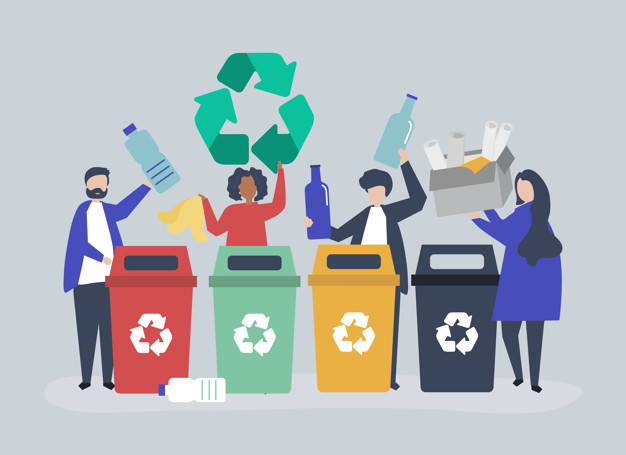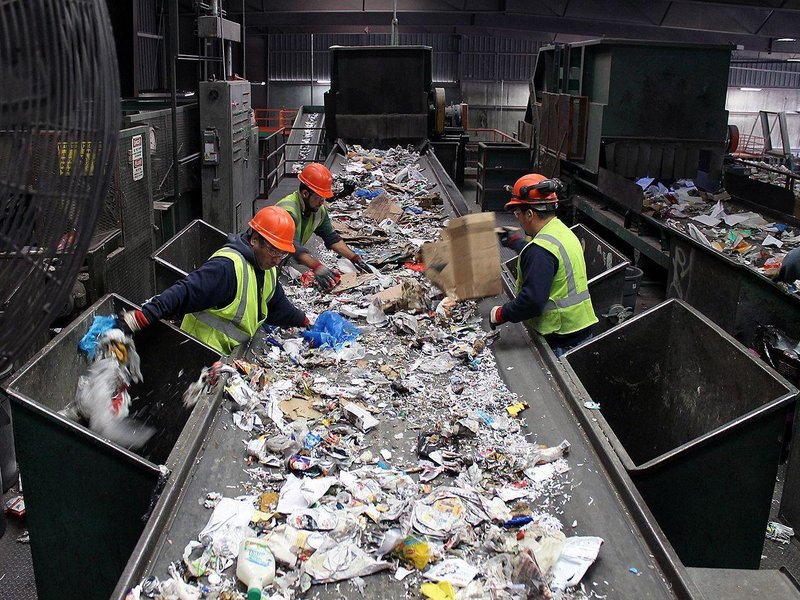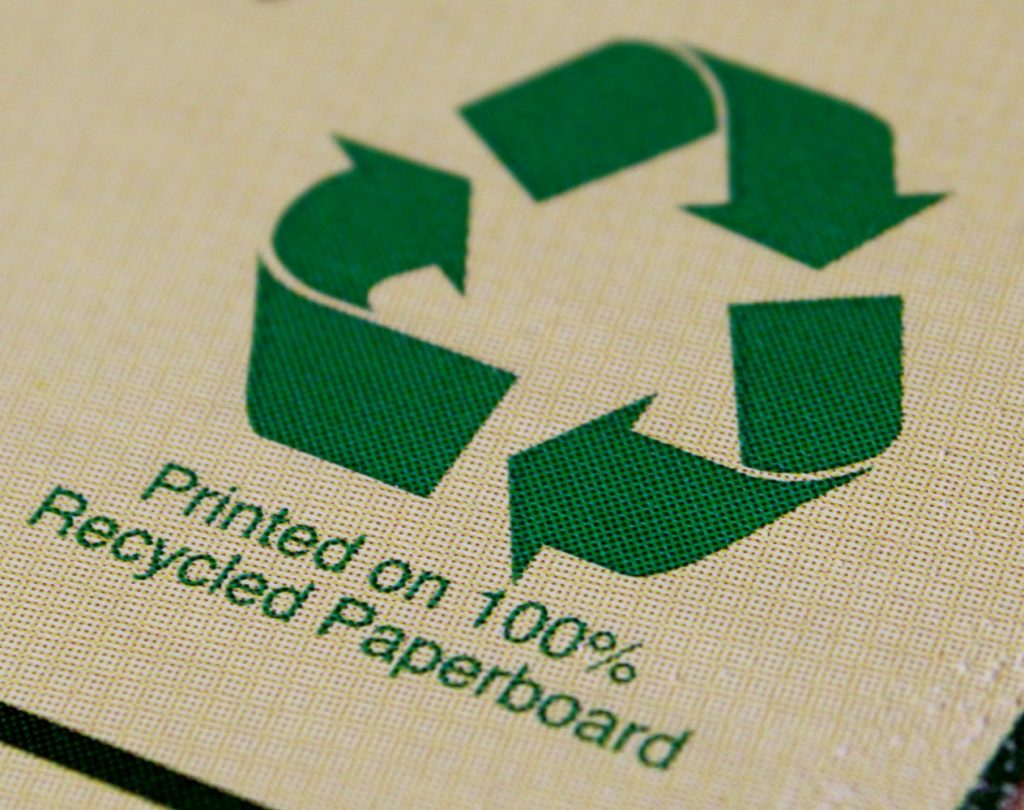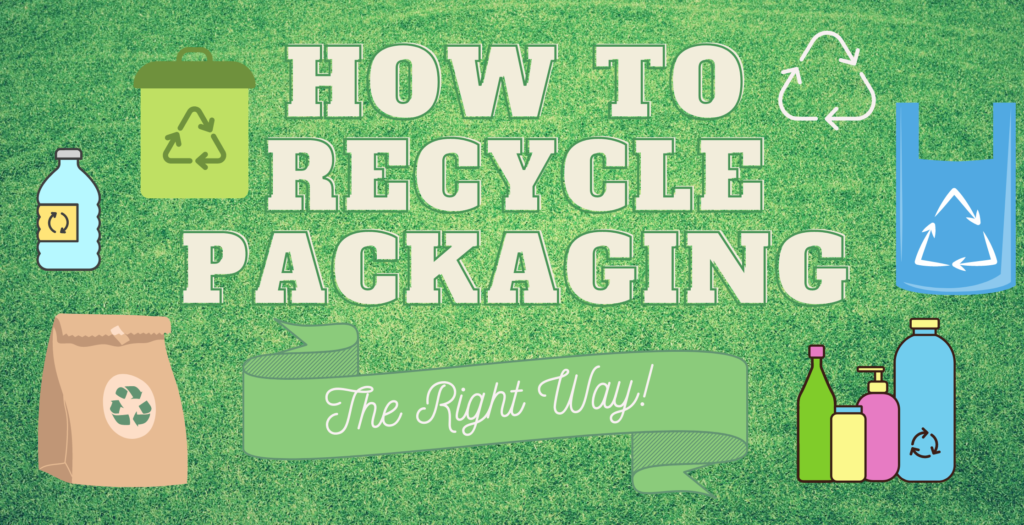As climate scientists around the globe continue to provide warnings of the grim outlook humanity may be facing over the coming decades, it is important that anyone who has the means to help improve environmental outcomes do their part in reducing our impact on the Earth.
One of the easiest ways to have a positive effect on climate change as an individual is to make use of your local government or municipality’s recycling system. While in recent years, the practice of recycling has been shrouded in controversy concerning its actual usefulness, many of the concerns over its ineffectiveness are falsifiable and ignore recycling’s long-term effects. In fact, much of the inefficiency that is associated with the recycling process has nothing to do with the practice itself but rather its improper use.

Are We Recycling Correctly?
It is estimated today that about a quarter of everything that gets put in people’s recycling bins is ultimately thrown out by recycling plants. Furthermore, collection of unusable materials can cause mishaps within the machinery of recycling plants, and fixing them takes up valuable time that could be used for actual productivity.
In response to much of the general population’s lack of knowledge in terms of what is actually recyclable, China, who processes much of the United States recyclables, has begun to refuse shipments from the U.S. containing greater than 0.5 percent non-recyclable items.

While the issue of improper recycling does present a legitimate problem for the practice as a whole, when done correctly, recycling can have an exponentially positive impact on waste reduction and environmental protection. For example, glass and aluminum cans, can be re-used an unlimited number of times, eliminating the need for fresh materials. According to National Geographic, recycling aluminum cans saves 95 percent of the energy needed to make new cans from raw materials, recycling steel cans saves 60 to 74 percent, while recycling paper saves about 60 percent.
The first step to recycling properly is having a general understanding of which types of materials can be recycled. In order to clarify, we’ve compiled a list of common materials as well as some specifics about each.
How to Recycle Packaging Products:
Recycling Paper Products:
In comparison to some other materials, recycling paper products is relatively straightforward. As long as the paper is not soiled with some other substance such as food or grease, it’s safe to throw in your recycling can. Many paper packaging items can be recycled as long as they don’t have plastic lamination. This includes some types of eurotote bags and some boxes made from cardboard and paperboard. When the paper is laminated, it is really difficult to separate the paper material from the plastic lamination, so it can’t be recycled properly.
The only issue with paper recycling is that paper materials lose their recyclability over time. After being recycled five to seven times, the fibers become too short to make new paper and will need to be mixed with virgin fibers, according to the EPA. Certain materials produce different ‘grades’ of paper material and that will dictate what products they can be used to make.
Individuals looking to decrease their environmental impact further can also look to purchase recycled paper instead of paper that comes from raw materials. In 2011, 76 percent of paper mills used some recovered paper in their manufacturing. Each year in the United States, paper makes up about 25% of municipal trash waste, so recycling a significant portion of this total could play a huge role in reducing the amount of materials the country consumes. Many items are made using recycled paper including many packaging containers, paper bags, paper boxes, tissue paper, and much more.

Recycling Plastics:
Plastic is a much trickier material to recycle. According to National Geographic, 91% of plastic in existence has not been recycled. This is likely because plastic products require a bit more attention to detail than most paper recyclables. While virtually any plastic substance can potentially be reused for some other purpose, not every plastic can be directly thrown into the bins that are part of your local municipality’s recycling program. In order to properly recycle plastics, it is necessary to have an idea of the meanings of the different identification codes that can be found on the bottom of most plastic products.
While recycling codes and practices may vary depending on one’s location, as a general rule of thumb, there are seven different codes, each representing a different plastic material. Contrary to popular belief, most types of plastic can actually be recycled or at least reused for other purposes. Many plastic containers and plastic bags are made from some percentage of recycled material. However, if the code on the bottom of your plastic container reads either a 6 or 7, it is usually good idea to put it in the trash. One of the most common plastics that cannot be recycled is Styrofoam.
To further clarify which material is indicated by each number, please refer to the attached chart. Because each year so many plastic products go into landfills (or into the environment), there is a potential for massive positive environmental impact even if only a portion of people properly recycle their plastics. You may have to take your plastics to special recycle drop-off locations to ensure they are being properly recycled.

![]() Recycling Glass:
Recycling Glass:
Glass is one of the best possible materials to recycle because it can be reused for different purposes indefinitely. Not only is making glass containers from recycled material cheaper than using raw inputs, but it is also an easy product for consumers to place in their recycling containers as long as the glass is relatively clean. While some local programs require different types of glass to be recycled separately, the need to sort different types of glass is, for the most part, uncommon.
In the U.S. in 2017 alone, approximately 27% of glass products were recycled, resulting in about 3 million tons of reused material. An increase in use of glass packaging for some products, if properly recycled, can have a huge impact on the reduction of plastic pollution in future years. Many companies are choosing to use glass packaging for their consumable items including cosmetics, supplements, food items, and beverages to increase their recyclability and overall eco-consciousness.

Recycling Aluminum and Metal:
Next to glass, aluminum cans and scrap metal are also great materials to recycle for their durability and potential for indefinite use. According to Republic Services, a waste service organization, each single ton of recycled metals can conserve more than 1,024 gallons of gasoline that may have been used in the assembly of raw materials elsewhere. Common examples of metals that you can recycle might be aluminum soda cans, empty aerosol cans, or relatively clean, tin food cans. It is important to note that while many metals are recyclable, most plants do not accept aluminum foil or the aluminum pans that many restaurants use for take-out orders.
Other Common Recyclable Household Items:
Recycling Batteries:
Single use batteries are another item that many people tend to throw in the trash without thinking twice. Pretty much every household battery type can be recycled in some way, however many batteries contain hazardous chemicals that ideally should not be mixed with other waste or recyclables. In order to make sure you aren’t contaminating the rest of your recycling, it may be useful to look into your local government’s policy on battery recycling. Many cities run a separate battery collection program or even have designated warehouses for recycling batteries.

Recycling Used Oil:
According to the United States Environmental Protection Agency, it takes only a single gallon of used oil to produce 2.5 quarts of new motor oil while 42 gallons of fresh crude oil are needed for the same amount. Next time you’re about to pour dirty oil down the drain, consider keeping it in a separate container until you’re ready to bring it to your local auto garage or supply store. If you’re not entirely sure where to bring used oil, or any recyclable substance, Earth 911 is a useful resource for finding locations that will accept any material one wishes to recycle.
Recycling your packaging properly is just one step in creating a cleaner and more sustainable world. Thank you for doing your part to reduce human waste as well as our overall impact on the environment!

Sources for recycling information: https://www.epa.gov/recycle/how-do-i-recycle-common-recyclables
https://www.goodhousekeeping.com/home/g804/recycling-symbols-plastics-460321/
https://www.nationalgeographic.com/environment/2018/10/5-recycling-myths-busted-plastic/
–https://earth911.com/business-policy/business/paper-recycling-details-basics/
